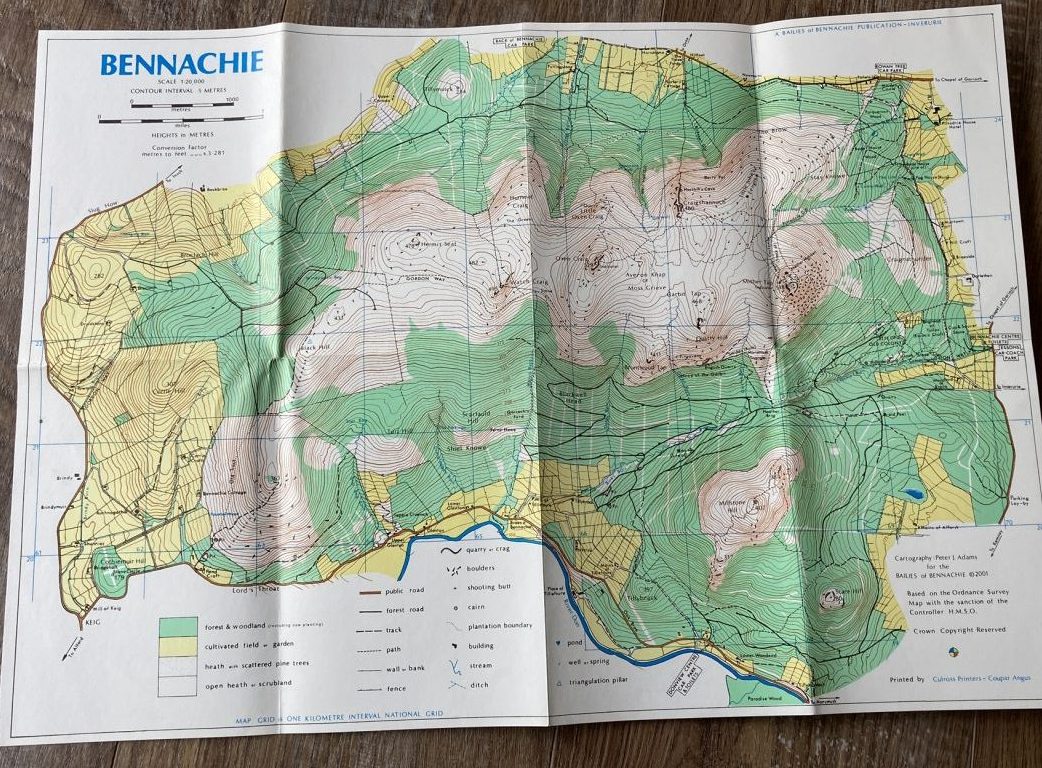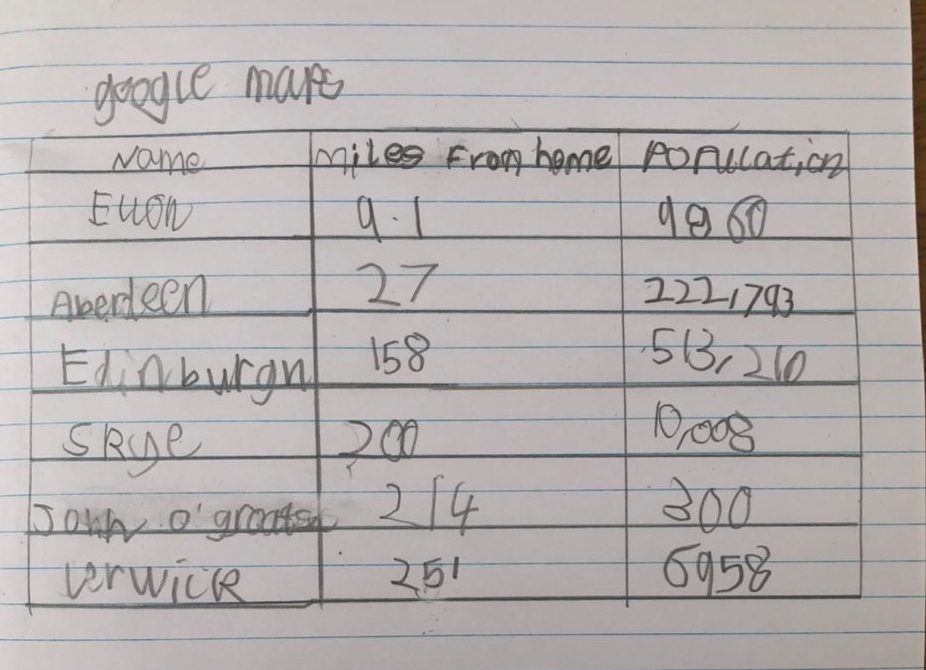Hello everyone!
Let’s focus on Coordinates.
Click on the Sway below to see some fun and challenging activities that you can do at home to improve your Numeracy skills.
Please comment and let us know which activities you have been working on.
Hello everyone!
Let’s focus on Coordinates.
Click on the Sway below to see some fun and challenging activities that you can do at home to improve your Numeracy skills.
Please comment and let us know which activities you have been working on.
Hopefully you have spotted the task on the grid about drawing a map. Map reading and map making are both very important skills to learn. Sometimes the biggest challenge is understanding a map as surprisingly every map is different. So our first challenge is to read and understand the map we plan to use. I found a number of different maps in my house and have added these below for you to look at.



What information do they all have?
What similarities do they have?
Can you spot any major differences?
Is there anything that is unique to each or one map?
See below for some map making and map reading tasks, feel free to do more than one task. I have added some already sent into Seesaw so thank you to those pupils who have shared these.
Task 1 – Describe a journey
Describe the journey you would normally take to a friend’s house/shop/school or favourite place from your home. If possible, pace it or walk it to help you describe it easily. You could draw it out as a map and add some noticeable buildings or points of interest to your map or you could make a fantastic leaflet or map like the examples below.
Use words such as –



Task 2 – Using a map
Choose 5- 8 cities or towns in Scotland and try and work out how far these are from your home. You could use Google maps, a real map or similar and record the data collected in a table. See below for an example already posted to Seesaw.

Answer these questions –
Task 3 – Online mapping activities
Try out the games and activities on this website to learn more about maps.
Hey Everyone!
I hope you have enjoyed the first two days of our Virtual Trip around Aberdeenshire and Aberdeen please find below the original sway with NEW DAYs added.
As always let us know how you get on!
Follow the link below and enjoy…
You may have seen on the Literacy learning grid that the Scottish Book Trust is holding a story-writing competition.
It is open to all ages, and there are 4 different categories – Adult, 5-11, 12-18 and Gaelic. Prizes will be awarded for the winning entries in each category, and they will also be published on the website.
You can find more details here: Entry Details and Entry Form
Click on the Sway to learn more, and also for some story-writing tips.
Remember – the subject must be ‘Fog’, the maximum word limit is 50 words and the competition closes on 30th June.
Good luck to everyone taking part!
Hey Everyone,
Click on the sway below to try out some Adjective, Reading and Word Challenges.
Hola boys and girls!
I hope you had a lovely weekend, it was certainly really nice to go outside and enjoy the warm sunshine. Today we will be doing some anagrams in Spanish. All the topics that are in the Sway are things we have worked with during these past months. You can choose any that you like, such as, numbers, magic words and colours.
Look at the next sway and choose your topic.
|
Leave a comment of your work. Enjoy!
Keep practising how many 1ps, 2ps, 5ps and 10ps you need to add together to have the same amount as a
If you are confident with this practise counting how many 2ps, 5ps, 10ps, 20ps and 50ps you need to add together to have the same amount as a £1 or a £2 coin.
Templates to download, should you wish
The Royal Mint – Different Types of Coins
Let’s carry on reading J.K. Rowling’s new story – The Ickabog.

We are currently on Chapter 4 of the story. Feel free to read on if you wish but please do not reveal any story details on the blog. The activities provided will be a deep dive into each chapter. Read the story so far – https://bit.ly/3eoPBIY
I made a tuck shop at home. I picked out items to sell and created my own price list.

I then opened the shop up to customers (my family). They were to pick one item and then pay using a £1 coin. I then had to work out how much change they would get back.

I used the ’empty number line’ method to work out their change. After doing this a few times I became more confident and could then use this method in my own head.
I then extended my shop, adding more items and creating a new price list.

During this game the customer was allowed to pick a few items. I then had to add them up to see how much the total cost would be. To do this I separated the numbers into tens and units to make the addition part easier to visualise. Again, this process became easier in my head after practising on paper first.

There are so many strategies we can use to add and subtract. See how many you can use for this task. You might have a favourite method. Let your teacher know it! 😊